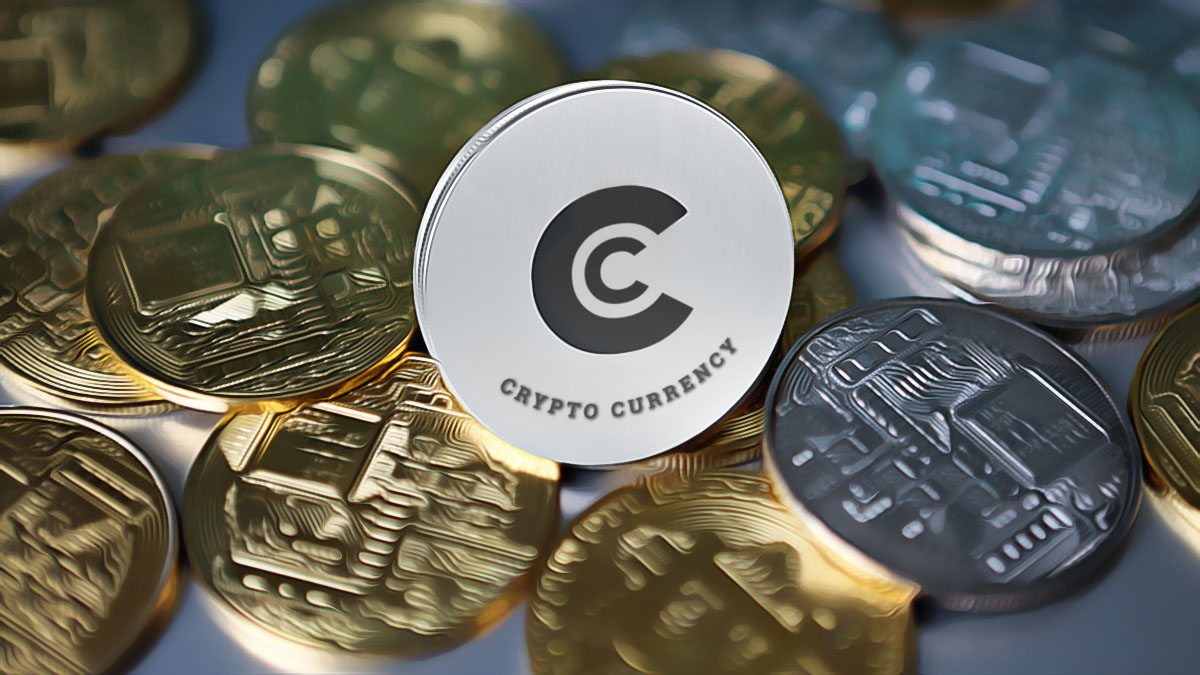Sui, a Layer 1 blockchain developed by the team behind Meta’s former cryptocurrency project Diem, has rapidly ascended in the decentralized finance (DeFi) sector. Within less than a year of its inception, Sui has become one of the top 10 DeFi protocols by total value locked (TVL), surpassing $430 million and outperforming established cryptocurrencies like Bitcoin and Cardano, as well as Coinbase’s Layer 2 solution, Base.
Sui’s Remarkable Growth in DeFi
This blockchain’s TVL has seen an exponential increase of over 1000% in the past four months, showcasing the significant interest and investment within the DeFi community. Despite a slight drop to the 11th position at the time of the article, according to DeFi Llama, Sui’s achievements underscore its potential and the trust of its users.
Greg Siourounis, the General Manager of the Sui Foundation, has praised the technology and the dedication of the Sui community. He believes the surge in numbers reflects the developers’ commitment to creating solutions for real-world problems, setting a strong foundation for a sustainable decentralized network.
Sui differentiates itself by operating on a delegated Proof of Stake (PoS) consensus mechanism. Its native asset, SIU, is used for transaction fees, validator and delegate staking, and governance participation. The mainnet of Sui was launched in May 2023, indicating its relatively new entry into the market.
Currently, Sui hosts 22 DeFi protocols, with two exceeding a TVL of $100 million and four others surpassing $40 million. The recent integration with Banxa, a cryptocurrency-compliant payment infrastructure provider, has further enhanced its ecosystem by offering seamless fiat ramps for SUI token purchases through Mysten Labs’ Sui Wallet.












